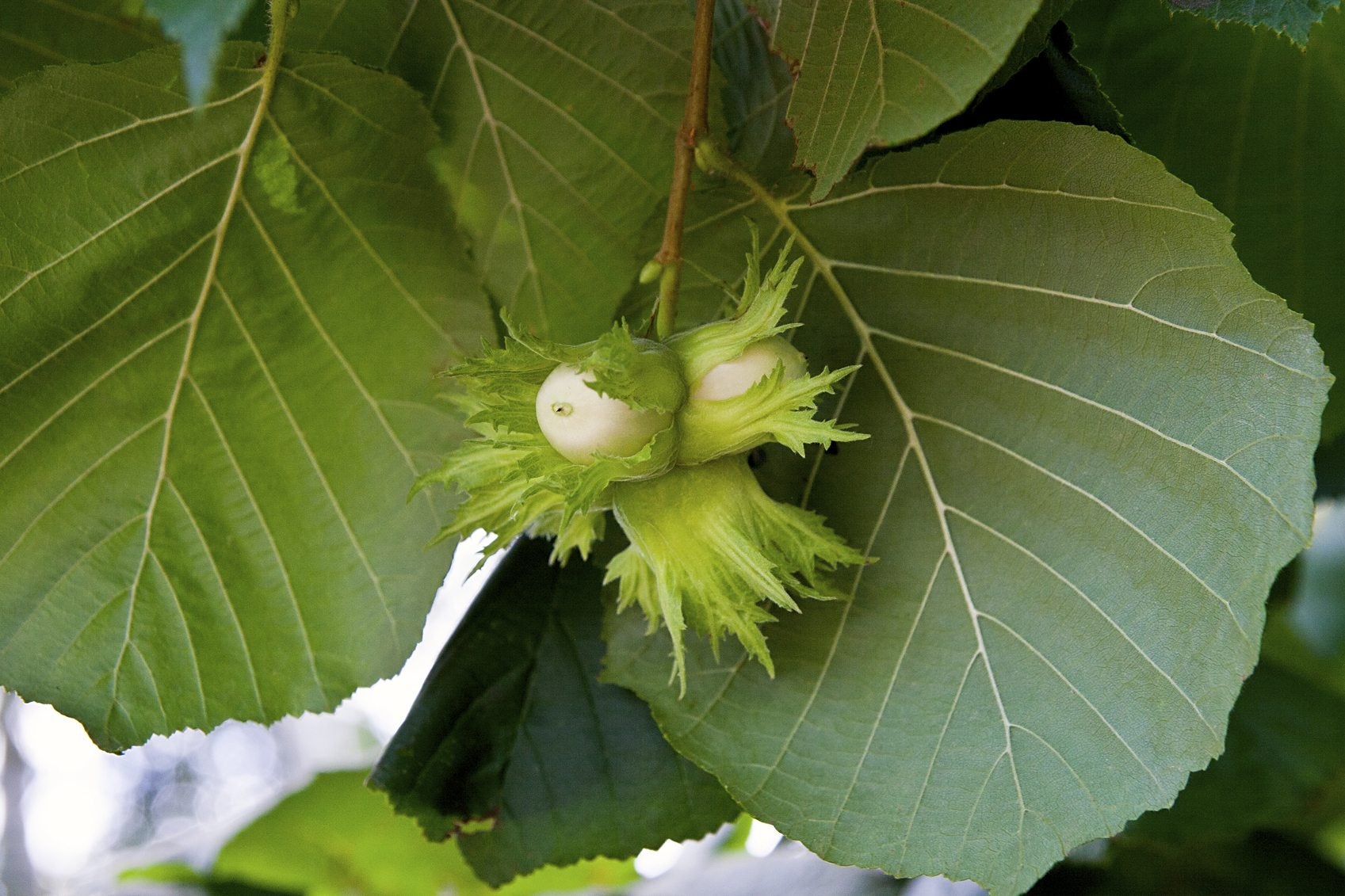Zone 4 Nut Trees – Tips On Growing Nut Trees In Zone 4


Nut trees are magnificent, multipurpose trees that provide shade on the hottest days and brighten the environment with bright color in autumn. Of course, that’s a bonus to their primary purpose – providing bushels of flavorful, nutritious nuts. If you’re gardening in zone 4, one of the coolest northern climates, you’re in luck as there’s no shortage of hardy nut trees that grow in zone 4 gardens. Read on to learn about some of the best zone 4 nut trees, and a few helpful tips for growing them.
Growing Nut Trees in Zone 4
Growing nut trees requires patience, as many are slow to produce nuts. Walnut and chestnut, for example, eventually turn into majestic specimens, but depending on the variety, they may take up to 10 years to bear fruit. On the other hand, some nut trees, including hazelnuts (filberts), may produce nuts within three to five years. Nut trees aren’t terribly fussy, but all require plenty of sunlight and well-drained soil.
Selecting Nut Trees for Zone 4
Here are some common cold hardy nut trees for zone 4 climates. English walnut (Carpathian walnut): Large trees with attractive bark that lightens with maturity. Northern pecan (Carya illinoensis): A tall shade producer with large, tasty nuts. Although this pecan may be self-pollinating, it helps to plant another tree nearby. King nut hickory (Carya laciniosa ‘Kingnut’): This hickory tree is highly ornamental with textural, shaggy bark. The nuts, as the name indicates, are super-size. Hazelnut/filbert (Corylus spp.): This tree provides great winter interest with bright reddish orange foliage. Hazelnut trees usually produces nuts within about three years. Black walnut (Juglans nigra): A popular, show-growing tree, black walnut eventually reaches heights of up to 100 feet (30.5 m.). Plant another tree nearby to provide pollination. (Keep in mind that black walnut exudes a chemical known as juglone, which may adversely affect other edible plants and trees.) Chinese chestnut (Castanea mollissima): This highly ornamental tree provides good shade and fragrant blossoms. The sweet nuts of Chinese chestnut trees may be best roasted or raw, depending on the variety. American chestnut (Castanea dentata): Native to North America, American chestnut is a very large, tall tree with sweet, flavorful nuts. Plant at least two trees in fairly close proximity. Buartnut: This cross between heartnut and butternut produces abundant harvest of tasty nuts and moderate levels of shade. Ginkgo (Ginkgo biloba): An attractive nut tree, ginkgo displays fan-shaped leaves and pale gray bark. Foliage is an attractive yellow in autumn. Note: Ginkgo is not regulated by the FDA and is listed as an herbal product. The fresh or roasted seeds/nuts contain a toxic chemical which can result in seizures or even death. Unless under the watchful eye of a professional herbalist, this tree is best used for ornamental purposes only.
Gardening tips, videos, info and more delivered right to your inbox!
Sign up for the Gardening Know How newsletter today and receive a free copy of our e-book "How to Grow Delicious Tomatoes".

A Credentialed Garden Writer, Mary H. Dyer was with Gardening Know How in the very beginning, publishing articles as early as 2007.